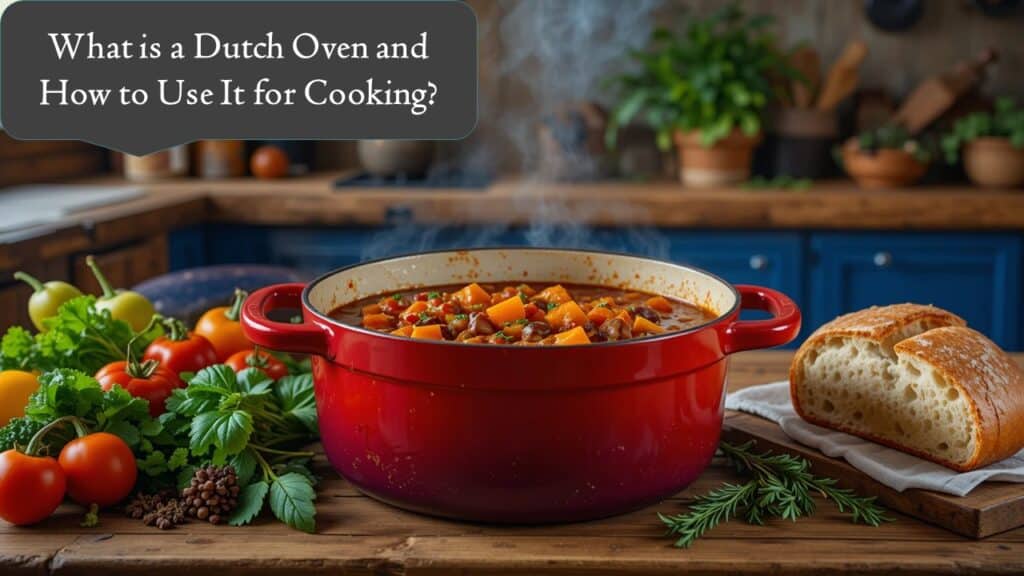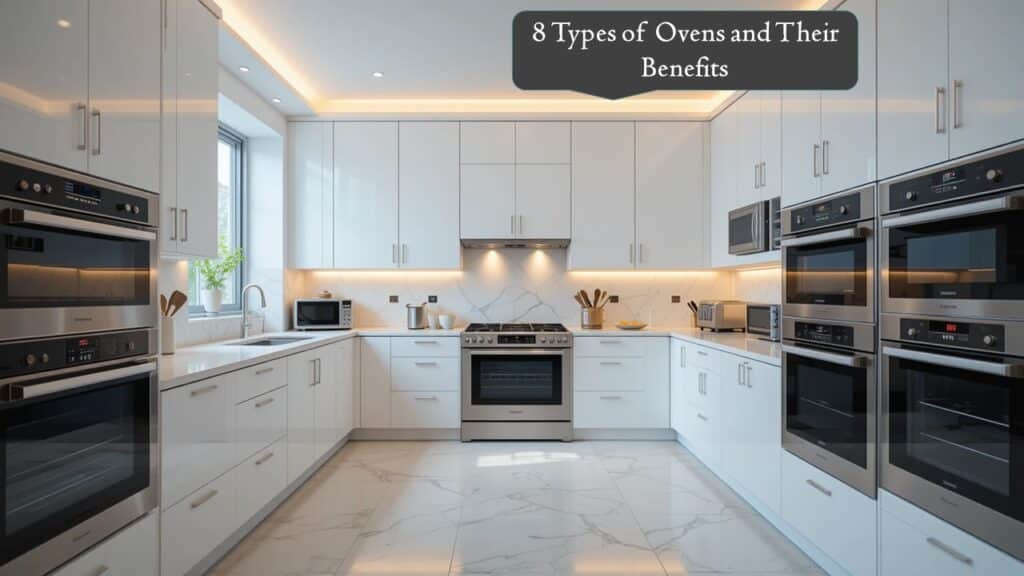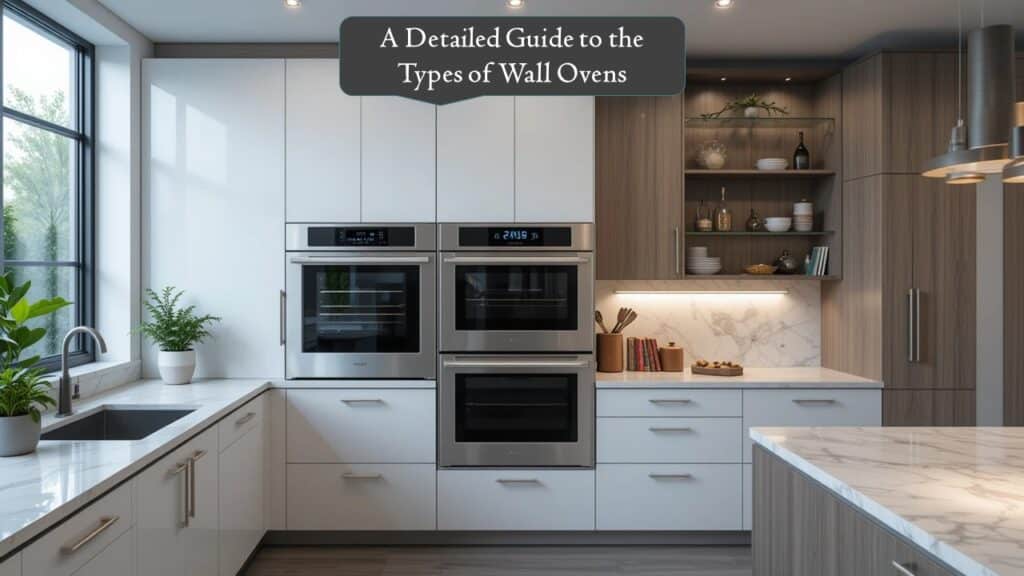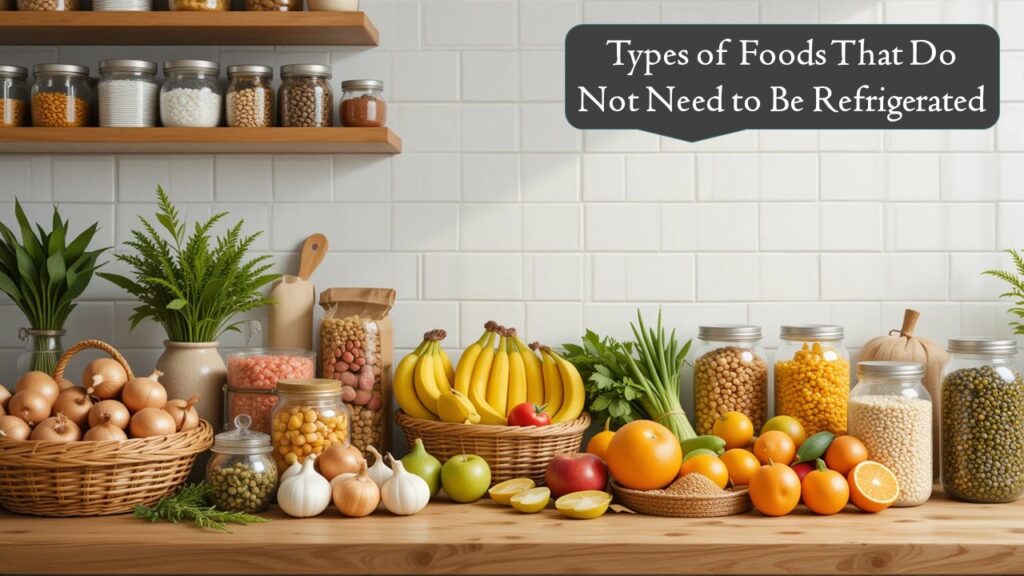A Dutch oven is one of the most versatile pieces of cookware you can own. Whether you’re simmering soups, baking bread, or braising meats, this sturdy pot is a kitchen staple that has stood the test of time. If you’ve ever wondered what makes a Dutch oven so special and how to use it properly, this guide has you covered.
What is a Dutch Oven?
A Dutch oven is a thick-walled, heavy cooking pot with a tight-fitting lid designed for slow cooking, roasting, and baking. Traditionally made from cast iron, Dutch ovens are known for their ability to retain and evenly distribute heat, making them perfect for a wide range of cooking techniques.
There are two main types:
- Bare Cast Iron Dutch Oven – Classic and durable, but it requires seasoning to prevent rust and maintain its non-stick surface.
- Enameled Cast Iron Dutch Oven – Features a smooth enamel coating, which eliminates the need for seasoning and makes cleaning easier.
Both types are excellent, and your choice will depend on your cooking style and preferences.
History of the Dutch Oven
Dutch ovens have been around for centuries. They originated in the Netherlands in the 1700s, where craftsmen perfected a casting technique that created smooth, durable pots. The design quickly spread to other countries, becoming a favorite in Europe and later in America, where early settlers relied on Dutch ovens for cooking over open fires. Today, they’re a beloved kitchen tool for home cooks and professional chefs alike.
Why Dutch Ovens Are Popular?
Dutch ovens have stood the test of time because they are:
- Versatile: You can use them for frying, baking, boiling, roasting, and braising.
- Durable: With proper care, a good-quality Dutch oven can last for decades.
- Great for Heat Retention: The thick cast iron walls hold heat well, allowing for even cooking.
- Beautiful: Enameled versions are available in vibrant colors that add charm to your kitchen.
How to Use a Dutch Oven?
One of the best things about a Dutch oven is its multi-functionality. Here’s a closer look at how you can use it for various cooking techniques:
- Braising Meat
Dutch ovens are perfect for braising because of their ability to evenly distribute heat.
How to Braise in a Dutch Oven:
- Preheat the oven to around 300°F (150°C).
- Sear the meat on all sides in a little oil inside the Dutch oven.
- Add broth, wine, or sauce, along with vegetables and seasonings.
- Cover with the lid and cook slowly in the oven or on the stovetop.
The result is tender, flavorful meat that falls apart with ease.
-
Making Soups and Stews
The deep, wide design of a Dutch oven makes it ideal for soups and stews. Simply sauté your ingredients, add liquid, and let it simmer. The cast iron retains heat beautifully, so your meal stays warm even after cooking.
-
Baking Bread
Dutch ovens are famous for producing bakery-style artisan bread.
Steps for Dutch Oven Bread:
- Preheat the Dutch oven in the oven at 450°F (230°C).
- Place your dough in parchment paper and carefully transfer it into the hot pot.
- Cover and bake for 30 minutes, then remove the lid for another 10-15 minutes.
The steam created inside the pot gives the bread a perfectly crisp crust.
-
Roasting Vegetables and Meats
You can use your Dutch oven like a roasting pan. Just toss vegetables or meat with oil and spices, cover, and roast. The tight lid helps keep moisture in, while removing the lid toward the end gives your dish a golden finish.
-
Deep Frying
Because of its thick cast iron walls, a Dutch oven is excellent for deep frying. It holds oil at a steady temperature, which is key for crispy results. Always use a thermometer to maintain safe frying temperatures.
-
Casseroles and One-Pot Meals
Dutch ovens are great for one-pot recipes because you can start cooking on the stovetop and finish in the oven, all in the same dish. This makes cleanup much easier!
Dutch Oven Care and Maintenance
To ensure your Dutch oven lasts for decades, proper care is essential:
-
Seasoning Cast Iron:
- Bare cast iron Dutch ovens need seasoning. Rub with oil and bake in the oven to create a natural non-stick surface.
-
Cleaning:
- Avoid soap with bare cast iron; use warm water and a scrub brush. For enameled Dutch ovens, soap is fine.
-
Avoid Metal Utensils:
- Use silicone or wooden utensils to avoid scratching enamel.
-
Dry Completely:
- Prevent rust by thoroughly drying bare cast iron after washing.
-
Store Carefully:
- Place a paper towel inside to absorb moisture and keep the lid slightly ajar.
Tips for Cooking with a Dutch Oven
- Preheat Slowly: Cast iron heats evenly but takes time. Avoid sudden high heat to prevent cracking or damaging enamel.
- Use Oven Mitts: Dutch ovens are heavy and retain heat; always handle with care.
- Watch the Weight: A fully loaded Dutch oven is heavy. Consider this when moving it from stovetop to oven.
- Cook in Batches: If browning meat, do it in smaller batches to get a nice sear.
Dutch Oven Size Guide
Dutch ovens come in various sizes, typically measured in quarts:
- 3-4 Quarts: Perfect for side dishes or meals for two.
- 5-6 Quarts: The most versatile size for families.
- 7+ Quarts: Great for entertaining and making large batches of stew or chili.
Choose a size that matches your cooking needs.
Benefits of Using a Dutch Oven
Here’s why a Dutch oven deserves a spot in your kitchen:
- Even Cooking: Its thick walls distribute heat evenly, preventing hot spots.
- Retains Heat: Food stays warm long after it’s cooked.
- Versatility: From baking to deep frying, it does it all.
- Durability: With proper care, it can last generations.
- Aesthetics: Enameled Dutch ovens are beautiful enough to go from oven to table.
Final Thoughts:
A Dutch oven isn’t just another pot; it’s a culinary workhorse that unlocks endless cooking possibilities. Whether you’re slow-cooking a hearty stew, baking crusty bread, or frying crispy chicken, a Dutch oven delivers exceptional results every time. With its durability, versatility, and timeless design, this kitchen staple is worth every penny.
If you haven’t invested in one yet, consider adding a Dutch oven to your cookware collection—you’ll quickly see why it’s a favorite among chefs and home cooks worldwide.







